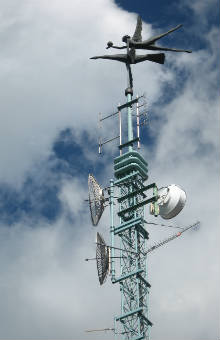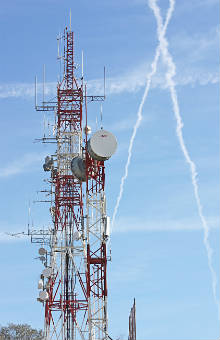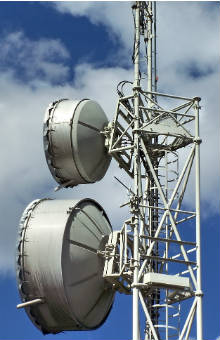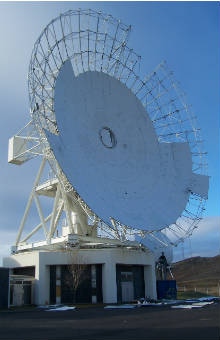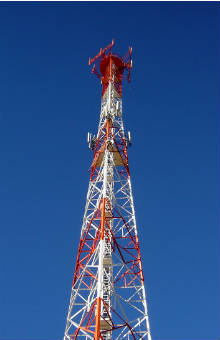1. COMPUTATIONAL BIOELECTROMAGNETICS AND ELECTROMAGNETICS
Application of Green’s function theory, finite element method (FEM),
finite difference time domain method (FDTD) in more complex experimental
setups of focused radiometry systems with the use of dielectric
materials and metamaterials for system performance optimization.
Modelling and simulation of monitoring and therapeutic (hyperthermia)
devices and systems. For modelling and simulation various software tools are used, as
SEMCAD X Matterhorn (www.semcad.com).
2. HYPERTHERMIA AND MICROWAVE RADIOMETRY
Development of diagnostic and therapeutic non-invasive methods for
combined use for brain intracranial application. Design and development
of all system modules (receivers, generators, antennas, other electronic
and mechanic parts, matching configurations for optimization of system
performance). Measurements using phantoms, animals and healthy
volunteers. Analysis and assessment of acquired data.
3. ELECTROENCEPHALOGRAPHY (EEG), EVOKED POTENTIALS (ERPS) AND
COMPUTATIONAL NEUROSCIENCE
Recording of EEG and ERPs not only of single subjects but also in setups
where two subjects cooperate and both EEG/ERPs are recorded
simultaneously under appropriate psychophysiological conditions. In this
context, experimental protocols for the study of mirror neurons have
been developed. Development of methods for EEG data analysis and
classification. Methods for the inverse problem solution.
4. FUNCTIONAL BRAIN IMAGING
Analysis of functional magnetic resonance images using newly developed
methods. Modeling of mechanisms of brain activation and specifically of
neuron activation during functional imaging using diffusion theory.
5. NEAR-INFRARED SPECTROSCOPY
Theoretical study of the basic operation principles and clinical
applications of the methodology for functional brain imaging and for
fetus oxygenation monitoring. Design and development of near infrared
spectroscopy systems. Study of biophysical models that mediate the
imaging methodology. Experimental studies and measurements by applying
appropriate psychophysiological protocols.
6. TERAHERTZ TECHOLOGY
Development of experimental setups that operate in the Terahertz range
and especially between 0.3THz and 10THz. Development of THz antennas and design of
THz metamaterials for enhancing antennas’ performance. Study of both CW and pulsed
operation as well time domain systems in order to determine the optical
characteristics of biological tissue at this part of the spectrum as
well as to detect the frequency vibration modes of specific
biomolecules.
7. PATTERN RECOGNITION ALGORITHMS AND CLASSIFICATION
Development of algorithms and software for pattern recognition to be
applied mainly on biomedical data. Development of algorithms for data
classification with neural networks and fuzzy logic techniques.
8. DESIGN AND DEVELOPMENT OF MICROWAVE COMPONENTS AND SYSTEMS
Design of electronic components and systems with the use of commercial
simulators. Design and manufacturing of microwave amplifiers, filters
and antennas at high frequencies for telecommunication electronics and
biomedical applications.

